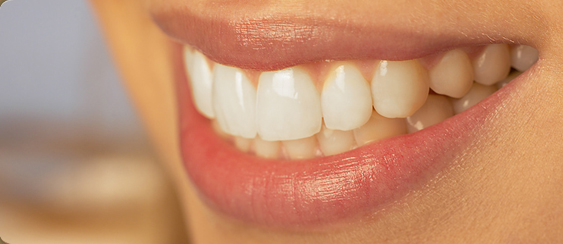Oral Hygiene
Comfort Advice | Oral Hygiene | Foods to Avoid
Food particles and plaque naturally accumulate on the teeth and especially around braces. This process can lead to tooth decay and/or gum disease. Proper oral hygiene is vital to prevent these problems. The extra effort you give to keep your teeth, braces and gums clean and healthy will result in a much better orthodontic outcome.
BRUSHING
We recommend that you use a soft bristled toothbrush with moderate force and toothpaste that contains fluoride. Place the toothbrush at an angle so that you feel the bristles under your gum line and use small circular motions. Completely clean each surface of every tooth in your mouth, including the areas above, below and between each brace. Each surface of every tooth should be scrubbed with 10 strokes of the toothbrush. Brushing your tongue will also reduce bad breath. This should take 2-3 minutes.
We recommend that you brush at least 3 times per day: after breakfast, after lunch (or as soon as you get home from school), and at bedtime. Your toothbrush will wear out faster because of your appliances, so be sure to replace it whenever the bristles start to fray.
Remember that a toothbrush might not reach the areas under the archwire properly. Proper oral hygiene also involves flossing and the use of an interdental toothbrush (Proxabrush), and a fluoride rinse (ACT)!
FLOSSING
Dental floss is a nylon thread that is used to remove food particles and plaque from between the teeth. Flossing is more difficult when you have braces on your teeth. A floss threader may be needed to get the floss under the archwire. We will provide these for you (note: floss threaders are reusable). Use a piece of floss about 12 inches long. Use the floss threader to get the floss under the wire. Slide the floss up and down along the tooth surface. When the tooth is clean the floss will "squeak" as you slide it up and down along the tooth surface. Be very careful to not pull with too much force on your archwire.
Daily flossing is essential to your dental health. Often neglected, flossing helps improve the overall health of your teeth and gums. Flossing assists in cleaning many of the "hard to reach" spots in your mouth, spots that regular brushing generally misses. By flossing, you alleviate much of the plaque buildup that often causes gum disease and bad breath.
INTERDENTAL TOOTHBRUSH
An interdental toothbrush (Proxabrush) is another aid you may find useful to keep your teeth, braces and gums clean and healthy. It can be used to clean under orthodontic wires and around braces. Use this device slowly so you do not damage your braces.
FLUORIDE RINSE (ACT)
ACT is a fluoride rinse (active ingredient: 0.02% sodium fluoride) used in orthodontics as a dental caries preventive. It is not a substitute for toothpaste. Its action is twofold: to re-mineralize tooth enamel which has been exposed to bacterial acids and to act as an antibacterial agent.
We recommend that you swish for at least one (1) minute at bedtime, and then spit out. Drinking and eating are not recommended for thirty (30) minutes after using ACT, since doing so will dilute or rinse away the active ingredient.
CLEANING YOUR RETAINER
All orthodontic appliances tend to accumulate food particles and plaque just like teeth do. Every time you brush your teeth, brush your retainer. Occasionally, you should soak your appliance in a glass of room temperature tap water with a denture-cleaning tablet, such as Polident or Efferdent. This will help prevent plaque buildup and oral infections and will keep your appliance tasting better.











